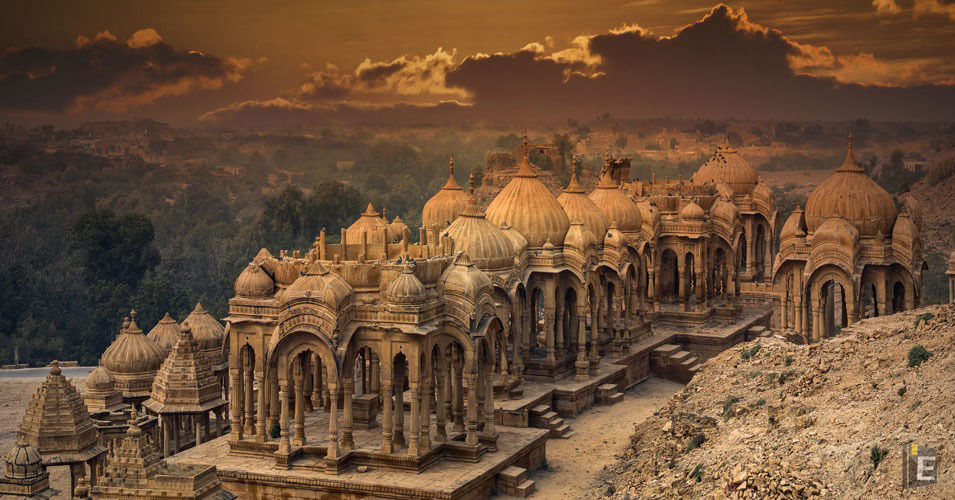Indian History Questions for SSC Exam

Indian History is an important part of all competitive exams because, in the General Knowledge section, most of the questions related to Indian History are asked. Huh. Also, Indian History General Knowledge questions are covered in the maximum amount in various exams like UPSC, SSC, PSC, SBI, and RRB. So, the candidates who want to crack the government exam must pay special attention to the questions on General Knowledge of Indian History.
Indian History Questions
Here, I am sharing Indian History Questions related to Ancient History, Medieval History, and Modern History for those aspirants who are preparing for upcoming SSC, SSC CHSL, and SSC CGL Exams. To cover this Indian History Question section, aspirants can command 60% on General Knowledge.
Also, Read Latest Current Affairs Questions 2022: Current Affairs Today
Students can quickly get free General Knowledge Mock Test and Current Affairs Mock Test on this platform for online exam practice to obtain good marks in competitive exams.
Indian History Questions for SSC Exam
Q : Which of the following statements is correct?
(A) Most workers will work for less than their reservation wage
(B) The reservation wage is the maximum amount of any firm will pay for a worker
(C) Economic rent is the difference between the market wage and the reservation wage
(D) Economic rent is the amount one must pay to enter a desirable labour market
Correct Answer : C
With which form of economy is the term ‘Laissez-Faire’ associated?
(A) Capitalist Economy
(B) Socialist Economy
(C) Mixed Economy
(D) Command Economy
Correct Answer : A
Who among the following promotes social justice?
(A) Herald Laski
(B) John Keynes
(C) John Rowles
(D) All of the above
Correct Answer : C
The Relationship between the rate of interest and consumption level was firstly estimated by–
(A) Amartya Sen
(B) Milton Freedman
(C) Irwing Fischer
(D) James Duezan Berry
Correct Answer : B
The Surplus earned by a factor other thus land in the short period is referred as –
(A) Economic Rent
(B) Net Rent
(C) Quasi-Rent
(D) Super-Normal Rent
Correct Answer : C
Explanation :
Explain: -The Surplus earned by a factor other than land in the short period is referred as quasi-rent.
Labour Intensive Technique would get chosen in a–
(A) Labour Surplus Economy
(B) Capital Surplus Economy
(C) Developed Economy
(D) Developing Economy
Correct Answer : A
Explanation :
Expl:- Labour Intensive Technique will be chosen in Labour Surplus Economy because in such economy labour cost is low.
According to whom second chamber is unnecessary & bad?
(A) Monkahour
(B) Bentham
(C) Seale
(D) Loosky
Correct Answer : B
Which among the following is not true about the work of Human Resource and Development (HRD)–
(A) Caste – System
(B) Youth and Sport
(C) Education
(D) Child Development
Correct Answer : A
The Views of eminent economist Robert Malthus on Population is–
(A) Pessimistic
(B) Optimistic
(C) Both (a) and (b)
(D) None of the above
Correct Answer : A
Explanation :
The Malthusian theory explained that the human population grows more rapidly than the food supply until famines, war or disease reduces the population. He believed that the human population has risen over the past three centuries.
Amartya Sen was awarded the Noble Prize for his contribution to–
(A) Monetary Economics
(B) Welfare Economics
(C) Econometrics
(D) Development Economics
Correct Answer : B
Explanation :
Explain: -For Welfare Economics and Social Choice Theory, Amartya Sen, in 1998 was awarded the Noble Prize. Welfare economics is a branch of economics that uses microeconomic techniques to evaluate well-being (welfare) at the aggregate (economy-wide) level. ... The field of welfare economics is associated with two fundamental theorems.



